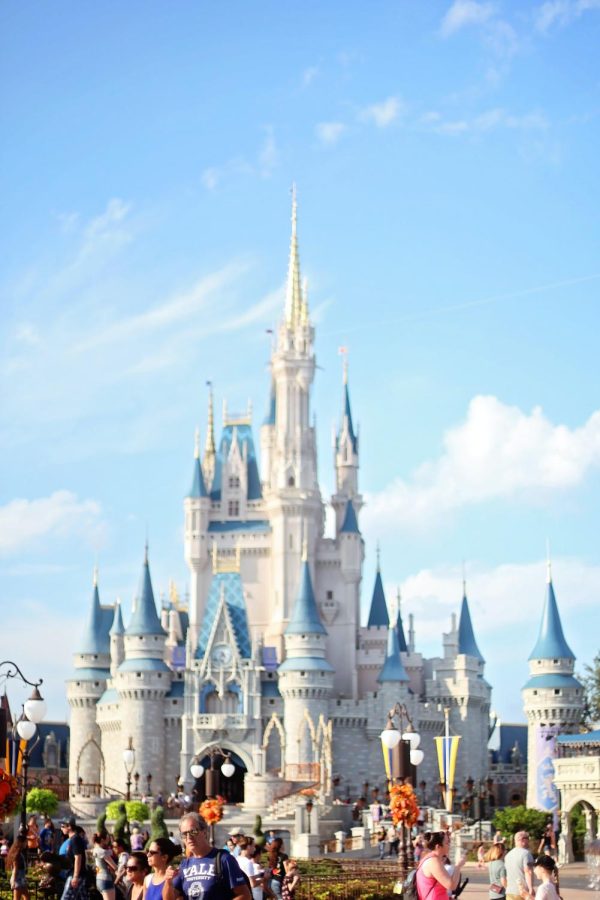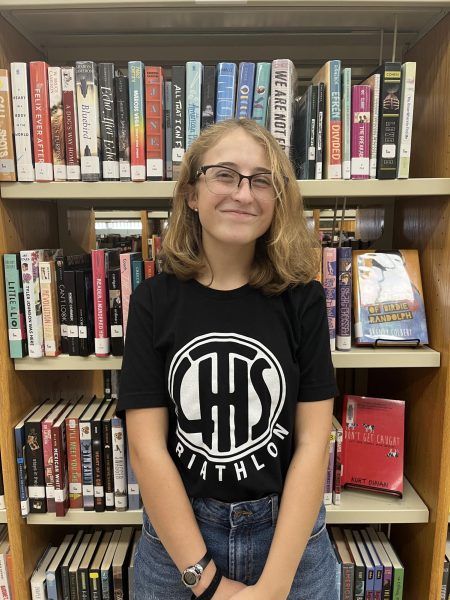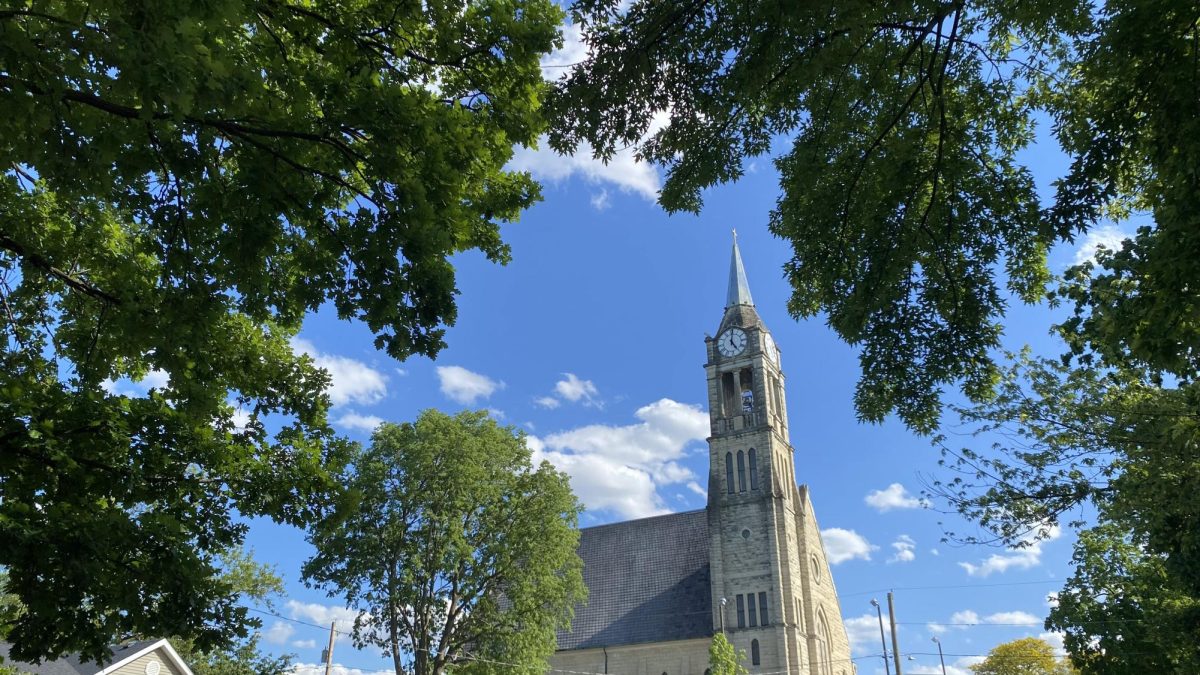Disney’s Brand: Effective or Damaging?
January 25, 2022
Disney has been a source of inspiration and imagination for decades, entertaining multiple generations with its fun characters and fantastical plots. It’s also one of the most popular streaming services today, making it a massive influence on people of all ages. The company’s prowess partially comes from its strict model to keep the shows consistently Disney-like. Fans of a newer show, The Owl House, know this firsthand.
A month ago, Dana Terrace, creator of The Owl House, took to social media with bad news: future seasons of the show were cancelled, because it “didn’t fit that brand.” Disney executives thought the show didn’t make sense with their model, so they stopped production midway through. Many fans have speculated that the reason for the cancellation was the protagonist: Luz Noceda, who is both Latina and bisexual. She has a girlfriend and speaks Spanish, making her very different from a typical main character. Luz doesn’t fit Disney’s brand, simply because characters like her aren’t always well received.
Dana Terrace made leaps in representation in the media, giving several groups a main character that was just like them. Luz has never fit in, and she finds her home with a witch named Eda and a young demon called King. It isn’t traditional, and that’s exactly what it’s meant to be like. Nothing about Luz is “normal,” and the theme of representation is present in several other characters, too. Willow is plus-sized and has two dads, while Gus is Black and skipped several grades. Amity has a difficult home life and is a lesbian, and Raine is nonbinary. Terrace gives casual representation throughout her entire cast, normalizing what has previously been seen as “other.” Without saying a single word about being gay or a person of color, Terrace has sent a powerful message about growing up as a minority in a heteronormative, white world.
And yet, just one executive at Disney was able to shoot down this monument to representation. One person was able to end something that many people can relate to. According to Terrace, one of the reasons the show was canceled is because the audience tends to be older than typical cartoon audiences. Be that as it may, older viewers are able to purchase merchandise more easily, which is where most shows get their revenue from. An older audience isn’t an important enough factor to consider when canceling a show, especially since Disney has purchased franchises like Star Wars and the Simpsons in the past. If anything doesn’t fit their brand, it’s shows geared towards adults filled with violent humor. The Owl House is still primarily focused on children, and the show features common themes about friendship and kindness. It doesn’t make sense that Disney would cancel The Owl House for something like unintended audience age, leading to the fandom’s belief that the shortened third season is due to undertones of racism and homophobia in Disney’s executives.
In the end, we probably won’t get an apology or reevaluation of Disney’s decision. As such a big company, they can get away with practically anything. The Owl House fandom is still relatively small, and this issue might never be given the attention it deserves. Suppression of queer and POC stories will continue in Disney if nothing is done, but even with public call-outs, the chances are slim. It’s already been said that The Owl House won’t be able to get any more than a miniature third season, but we can stop Disney from doing this again in the future. Disney’s brand has been incredibly damaging to stories with representation, but it doesn’t have to be. Raising awareness to the issue might not save The Owl House, but it can save future generations of writers who strive for inclusion.






Kristen • Sep 1, 2022 at 9:41 am
This article is very well written, nice job! And it truly is unfortunate The Owl House got cut short by some one Executive who said it “didn’t fit the brand” or whatnot, it’s an amazing show and didn’t deserve that treatment. Although I’m still looking forward to season 3 nonetheless 🙂